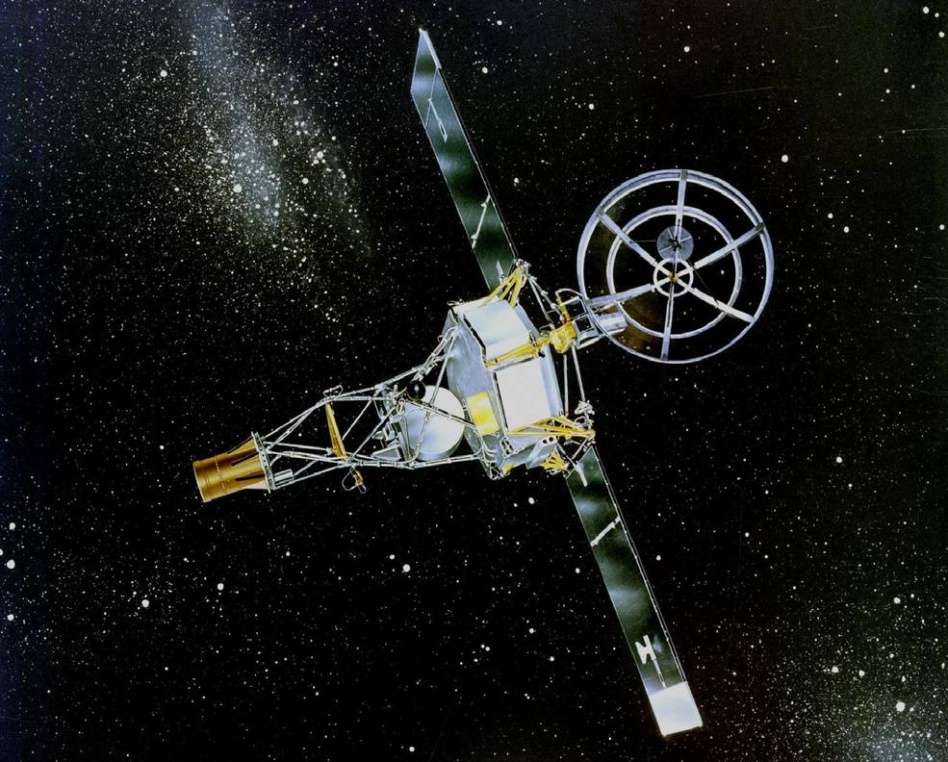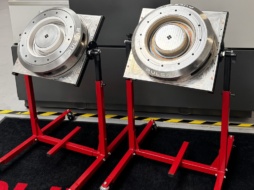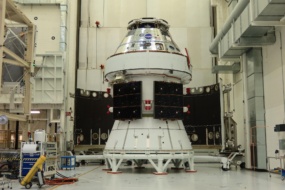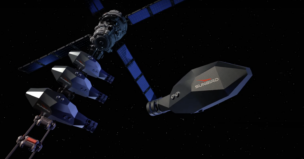60 years ago today, Mariner 2 flew by Venus, making the probe the first successful interplanetary mission. The flyby spacecraft flew within 21,500 miles of the Morning and Evening Star, taking various measurements and making groundbreaking discoveries about our solar system.
The lead-up
The Mariner program was first introduced in the early 1960’s, when NASA’s Jet Propulsion Laboratory (JPL) was thinking big and putting plans in motion to explore our inner solar system. NASA’s first official efforts to reach Venus fell short, quite literally.
Mariner 1 launched from Cape Canaveral on July 22, 1962. The mission quickly went awry when an Atlas-Agene—Mariner 1’s ride to space—veered off course, prompting range officials to send the self-destruct command. The spacecraft landed in the Atlantic, rather than breaking through to orbit and beginning its journey into the cosmos.
What came next?
The mechanical anatomy of Mariner 2 would be nearly identical to that of Mariner 1. The spacecraft was equipped with a crystal microphone to measure cosmic dust, a proton detector, and other instruments to perform first-of-their-kind investigations.

Reaching Venus
Mariner 2 launched successfully on August 27, 1962. The journey to Venus took approximately 110 days.
Mariner 2 faced its own tribulations through the interplanetary trek. “The spacecraft encountered several hardware anomalies during its journey, many of which inexplicably fixed themselves,” according to NASA historians. As the spacecraft drew close to Venus, a solar array failed, and the spacecraft began to overheat.
But all’s well that ends well. Mariner 2 successfully approached Venus in mid-December. During its journey and flyby, the spacecraft took a number of measurements:
- Confirmed the existence of solar wind, a stream of charged particles that flow outwards from the sun
- Took measurements of interplanetary dust, revealing it to be more scarce than originally predicted
- Read the surface temperature of Venus and found a dense cloud layer about 35-50 miles above the planet’s surface
JPL officially lost contact with Mariner 2 on January 3, 1963, less than one month after its flyby. The spacecraft is thought to remain in orbit around the Sun.

Life after Mariner 2
Although Mariner 2 would be the program’s poster child, JPL continued to make scientific and technological breakthroughs with the spacecraft’s successors. By the end of the Mariner endeavor in 1975, the program had witnessed seven successful launches out of ten attempts, with the missions exploring much of our inner solar system.
A victory lap for the ages
“There will be other missions to Venus, but there will never be another first mission to Venus,” Jack James, JPL project manager, said. Of course, the lab would go on to successfully send first missions to a number of other neighboring planets.




